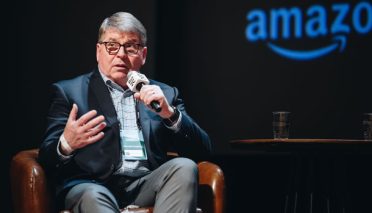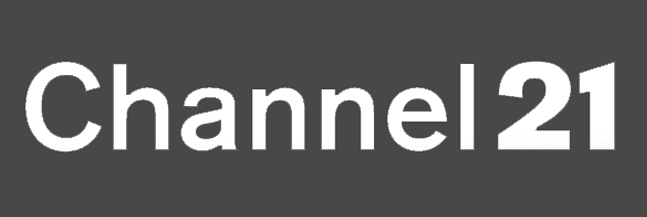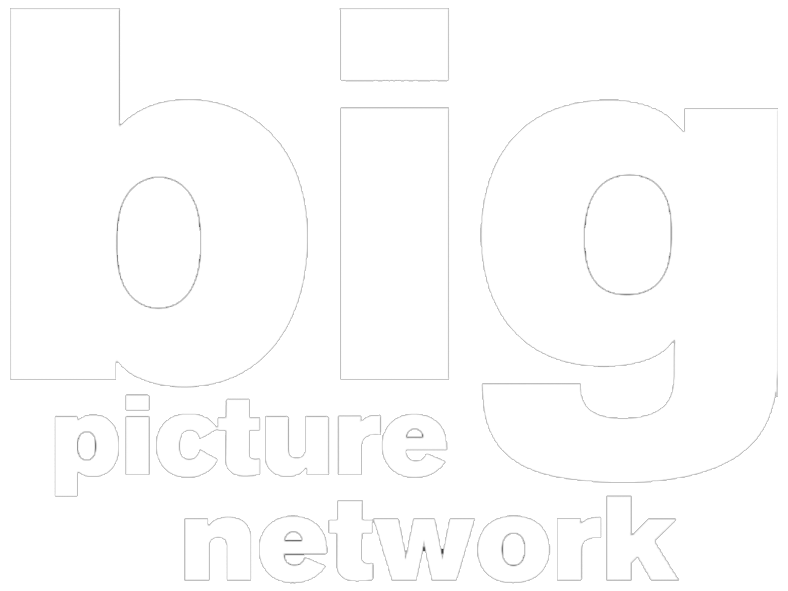A combination of factors, including new licensing models, content quotas and higher-quality programming from local markets, is driving a decline in viewership for US-made content in Europe.

Netflix local originals such as Hellbound have attracted global attention
For decades, US programming has been the crux of commercial television in Europe, with local broadcasters using American programming to attract eyeballs and Hollywood studios enjoying a steady licensing revenue stream.
And while that is still the case, there are signs that a significant shift is underway as the rise of non-English-language programming, initiated by the growth of global SVoD platforms, is causing a proportional decline in the consumption of US-made programming across Europe.
According to a recent white paper released by Santa Monica-based licensing insights firm Whip Media and MipTV, the viewing share of US programming declined by an average of around 10% across France, Italy, Germany, Spain and the UK between 2019 and 2021.
Some countries saw a larger decline than others. France saw the biggest drop, with a roughly 12% downturn in viewing share for US programming. Italy reported declines of 11%, followed by Spain (9%), Germany (8%) and the UK (7%).

Alisa Joseph
On the one hand, it is perhaps unsurprising that US-made content is losing ground in terms of viewership. Over the past 12 months, the viewing landscape has shifted to a place where it appears that, for the first time, hit TV shows can emerge from any territory.
Survival drama Squid Game – which became a global sensation despite being led by a cast recognisable to few outside South Korea – is the poster child for this new phase of content consumption. Indeed, the Whip Media and MipTV report, titled The World & the US, cites content from South Korea, as well as Japan, as chipping away at the overall viewing share for US programming. In addition to Squid Game, the report also points to Netflix originals Hellbound and My Name among the shows gaining global traction.
The topline reason for this shift is clear, says Alisa Joseph, senior VP of business strategy and development at Whip Media. “The decrease in US-originating content consumption is very directly linked to the growth of the OTT platforms and that particular space,” she tells C21.
But the reasons for the changing balance of viewership in Europe don’t lie solely in the fact more people are consuming non-US programming via streaming. Several other converging factors are exacerbating the trend, including changing licensing models, the growing influence of content quotas, higher-quality programming coming out of local European markets and a growing wave of US producers who are looking to Europe first for financing and commissions.
While the onset of the pandemic and the accelerated uptake of global streaming services is a key aspect, this trend seems to be partly driven by the scarcity of US product available to European buyers compared with years gone by.
“We have the explosion of platforms retaining much of the original content to themselves,” says Joseph, pointing to strategic decisions from the likes of Disney, Paramount Global and Warner Bros Discovery to grow their streaming businesses by retaining shows and movies produced within their respective studio groups, thus limiting the amount of content that is licensed outside the US.

European dramas such as Germany’s Dark have secured better budgets than before
In this new world, projects showcased at the LA Screenings and London Screenings are often already spoken for or not available to license exclusively in the first window.
This is creating a situation where European broadcasters and platforms, which built their subscriber bases partly with big-budget US fare, need to make up that programming shortfall from other places.
There are pros and cons to this, says Adam Barth, director of coproductions, acquisitions and development at Stockholm-based Eccho Rights. For a number of years, US programming hasn’t featured as prominently in primetime and has been, to a degree, buried on digital channels. But legacy output deals with US studios have still been eating up a significant portion of European buyers’ content budgets. With US studios limiting the availability of some of that programming, European buyers have cash to spend elsewhere.
“I know quite a few buyers who have been happy that, all of a sudden, they have a budget to coproduce again because they were able to get out of those deals,” he says.
Not all the studio groups have gone down the path of launching a global SVoD service, with companies such as Sony adopting ‘arms dealer’ strategies, whereby they are not beholden to place shows with a particular streamer or broadcaster.
The shift towards more foreign-language programming has been a positive for independent studios, which can now work in a mixed economy of both US and non-US content and then sell to the highest bidder.
“The rise of the local-language product is fascinating for us, because we are operating in that space with a number of our own production companies,” says Mark Young, executive VP of distribution and networks for EMEA at Sony Pictures Entertainment.
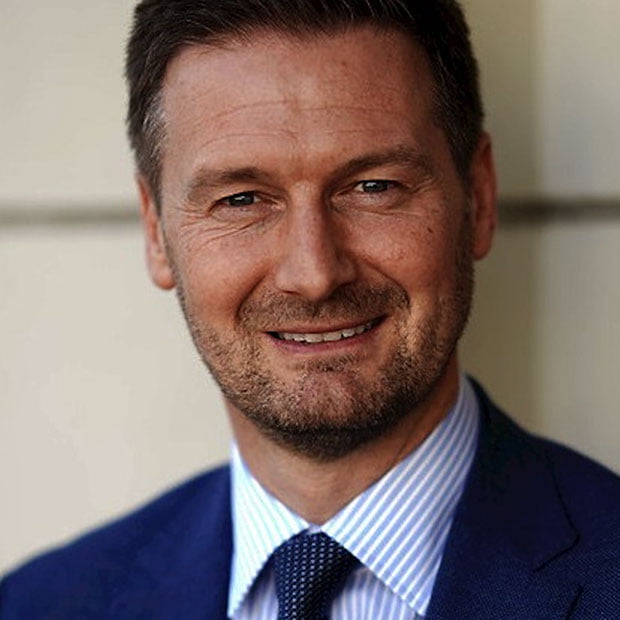
Mark Young
“But, equally, our US fare is still proving to be very successful and we’ve got some great long-running shows that are still working incredibly well market-by-market, including The Blacklist, The Good Doctor and SWAT, which are great performers wherever they are on air.”
The arrival of content quotas in Europe has also driven the global streaming companies to invest more heavily in local content. That has doubtless played a significant role in accelerating the decline in viewing share for US programming.
Netflix and Amazon Prime Video have led the way, setting up outposts across Europe and partnering with creators and producers on content that appeals to local audiences and has the potential to break out internationally.
It’s not just Netflix and Amazon, however. The legacy studios are looking to do the same, and many of them already have local teams on the ground whose focus has shifted to streaming.
Among them is Disney, which is in various stages of development and production on a whopping 500 projects outside the US, as revealed by CEO Bob Chapek during the company’s most recent investor call. By region, the House of Mouse is working on 150 projects from EMEA, 140 from Asia, 100 from India and 200 from Latin America.
Across the board, however, there are no guarantees that this level of production can or will be sustained over the long term, as questions continue to swirl around the total addressable market for global streaming services.
At one time, industry watchers suggested that services such as Netflix and Disney could potentially reach up to one billion subscribers apiece. But with Netflix’s growth slowing substantially this year, those assumptions are being revisited.
For the time being, however, the global streaming services remain in land-grab mode as they race to acquire subscribers as quickly as possible. That means sky-high levels of international spending look set to continue in the years ahead.
That, of course, is a positive for European producers, who have been able to finance local-language content at higher levels than ever before, putting European stories such as Germany’s Dark and Spain’s La casa de papel on the global map and boosting the international profile of their creators and producers.

Worldwide Spanish hit La casa de papel
In the changing landscape, audiences are also increasingly watching content produced in their own territores. According to Whip Media and MipTV’s white paper, viewership of local programming increased by 6% in Italy between 2019 and 2021, while in France it rose almost 5% and in Spain 3%.
“Consumers like seeing themselves reflected back at them; local stories for local audiences,” says Jeff Norton, founder of UK-based prodco Dominion of Drama. “The global streamers have done a great job exposing viewers to content from other cultures and countries and legitimising subtitled content, which used to a be a third rail for US consumers.”
While the phrase ‘authentic local stories’ has lost most of its meaning from overuse, it is nonetheless a requirement for increasingly sophisticated audiences demanding a high calibre of storytelling, regardless of language.
The rise of local has, in turn, led to a “renewed appetite for coproductions, so long as the project is driven by the creative and not by the finance plan,” adds Norton.
And it’s not only European producers looking to coproduce within the continent. There’s an expanding pool of American producers looking to circumvent the traditional US studio model by setting up projects with European producers and commissioners.
Over the past 12 months, Eccho Rights’ Barth says the company has been receiving approaches from a growing number of US producers looking to forge partnerships and get green lights out of Europe.

Adhrucia Apana
“It’s becoming more and more that we’re seeing shows that are developed in the US – with really big-name talent from the perspective of US showrunners and directors – but don’t seem to have an interest in pitching to the locals in America. They want to try to finance and create coproductions out of Europe and then bring it back [to the US],” observes Barth.
While this trend isn’t apparently affecting the broader view share in Europe quite yet, it could have an impact over the longer term.
While going territory-by-territory to put financing together is unquestionably more labour-intensive, it is proving to be a preferred model for some US producers looking to hold on to rights and have a greater say in the destiny of their projects.
One such series is Europe by Train (8×60’), which comes from Ozark co-creator and executive producer Mark Williams.
In March, RTL-owned Dutch streamer Videoland boarded the project, which involves Irish, Dutch, Portuguese and US partners. Produced by LA-based Curiosity Entertainment, the show follows a young American undercover agent posing as a backpacker to infiltrate a pan-European smuggling ring.
For several of its projects, Curiosity is going to the international market to piece together financing – an approach that is proving popular with US creatives wanting a larger say over the direction and exploitation of their IP.
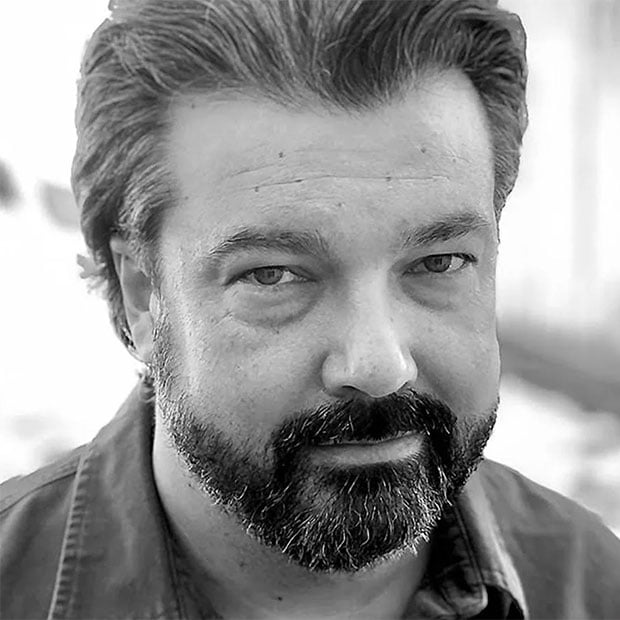
Leif Lillehaugen
“We have great relationships with showrunners and directors in the US who are working in and around the streamer and network system and sometimes they’re looking for something slightly different where they have a little more control on the business side of things,” says Leif Lillehaugen, partner and head of development at Curiosity Entertainment.
Company founding partner Adhrucia Apana adds: “We are rapidly running towards a very global, integrated economy where people will be attracted to products and stories first. So the language will very quickly become secondary to the quality of the content.”
With the consumption of US-originated programming declining in Europe, it raises the question of how the major studios should react.
Whip Media’s Joseph says one way to mitigate the declining viewing share of US content is for the US studios to adjust their windowing strategies.
“They’re going to have to make some decisions about what content they retain, what they acquire and how long they’re going to retain rights for their own platforms,” she says.
Joseph predicts that the distribution arms of the US studio groups will put an even greater focus on selling their vast catalogues, especially as the adoption of AVoD and FAST channels gathers momentum.
“[The question] is going to be how do [they] monetise, and how do they take advantage of the catalogues they have built and put that content out there,” she adds.









